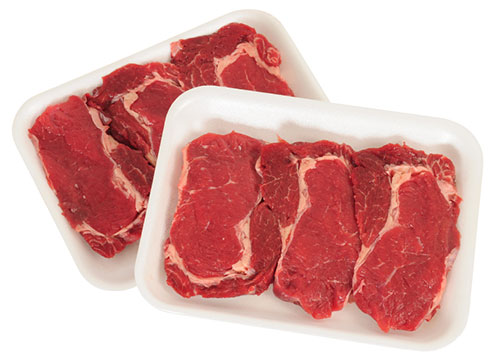
Red meat is packed with protein, but it doesn't have the same punch of omega-3 fatty acids that fish provides. Those omega-3 fatty acids are believed to lower the risk of coronary heart disease and improve good cholesterol levels. Can we beef up our beef to include more of them?
Researchers at Kansas State University think so. The average American consumes just 16 pounds of fish per year; meanwhile, beef intake is at 63 pounds per person. The scientists took a closer look at this opportunity to "fortify" beef with more omega-3 fatty acids to fill this void in the American diet.
Fortification of foods with added micronutrients is not a new concept. Orange juice, for example, has been fortified with calcium for years. Likewise, some producers have already been fortifying beef to elevate its omega-3 fatty acid content by adding flaxseed to the ration.
Feeding flaxseed raises the amount of an omega-3 fatty acid called ALA (alpha-linoleic acid) in beef, a fatty acid often found in plant oils. However, the omega-3 fatty acids EPA (eicosapentaenoic acid) and DHA (docosahexaenoic acid) are the ones most beneficial to human health, and these fatty acids are more commonly found in fish.
By adding algae extract to the diet of cattle, the Kansas State researchers were able to elevate levels of EHA and DHA in beef. More work is being done to study the costs and accessibility of algae for rations.
Another important question remains: Is there consumer demand for such a product, and are they willing to pay for it? Kansas State's Sean Fox and a graduate student surveyed consumers across the nation to gauge their interest in this new variety of beef. They found that, although consumers tended to have a preference toward grass-fed over omega-enhanced beef, they were willing to pay a premium of about $1.85 per pound for omega-fortified steak over conventional beef.
(c) Hoard's Dairyman Intel 2015
October 19, 2015








